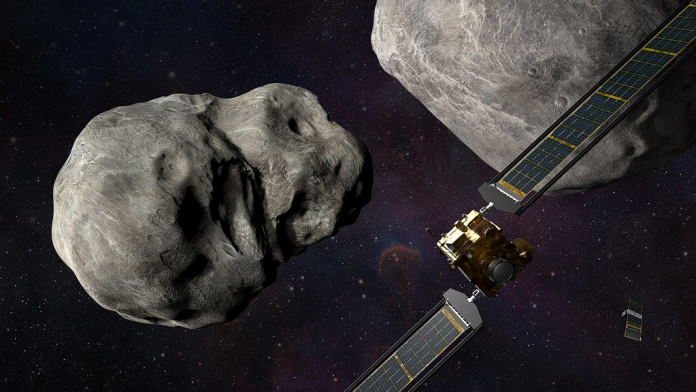
When NASA’s DART spacecraft crashed into the asteroid Dimorphos at more than 13,000 miles an hour, it wasn’t solely an engineering achievement it was a statement: humanity can, for the first time ever, push a world off track to protect our world. This is a turning point in planetary defense, stated NASA Administrator Bill Nelson, highlighting the importance of the Double Asteroid Redirection Test to planetary security.

1. Kinetic Impactors and the DART Milestone
In 2022, the DART mission was a success with the first intentional change of an asteroid’s path, proving that a kinetic impactor might deflect a dangerous object if one were to pass close to Earth. Before it was hit, Dimorphos orbited its parent asteroid, Didymos, every 11 hours and 55 minutes. Following the collision of DART, that time was reduced by 33 minutes and 15 seconds, an achievement much higher than the mission’s low benchmark of 73 seconds. The collision did not just alter the orbit of the asteroid but also its shape, which was altered from a symmetrical oblate spheroid to a triaxial ellipsoid, similar to that of an oblong watermelon. Scientists monitored these changes with a three-pronged set of information: high-resolution imagery from DART, radar observations from the Goldstone Solar System Radar, and worldwide light-curve observations, which collectively observed both the orbital and physical evolution of Dimorphos subsequent to DART’s historic collision.
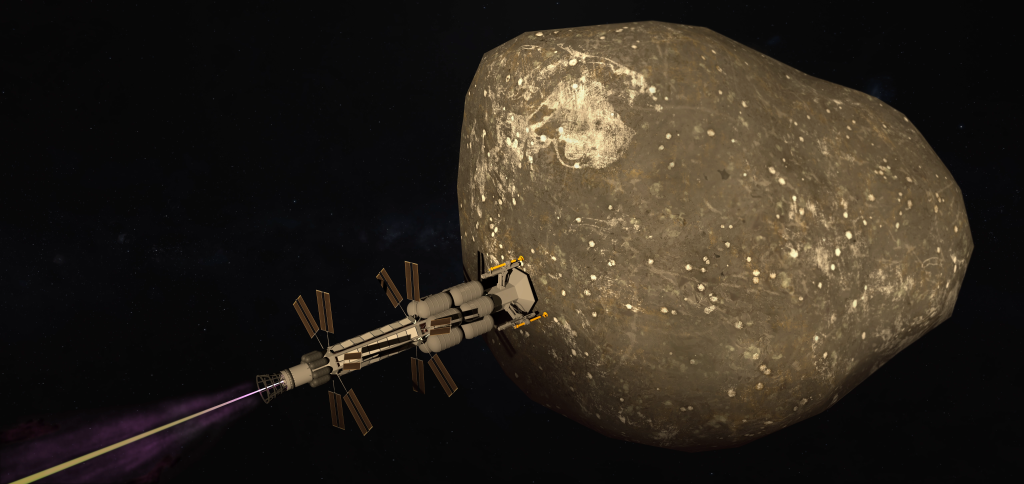
2. The Physics of Momentum Transfer
At the heart of DART’s planetary defense demonstration was the idea of the momentum enhancement factor, β. This measure calculates the amount of additional momentum given to an asteroid by the ejecta the stuff blasted off by the impact over that delivered by the spacecraft alone. For Dimorphos, β was calculated at 3.61 (with uncertainty between 2.2 and 4.9 depending on the density of the asteroid), so the ejecta delivered more than double the incident spacecraft momentum. This discovery is significant: a greater β indicates that a smaller impactor would deflect a larger asteroid, or deflect the same asteroid with less advance warning. The outcome, in accordance with both simulations and laboratory tests, supports kinetic impact as a viable method of planetary defense for future asteroid deflection missions.

3. Alternatives: Gravity Tractors and Beyond
Although kinetic impactors such as DART have been successful, alternative strategies are being researched. Gravity tractors, for instance, entail a spacecraft orbiting in the vicinity of an asteroid, employing its gravity to incrementally pull the object onto a fresh path. This process is subtle and accurate, yet necessitates a large lead time and ongoing station-keeping. Ion beam shepherds and solar-pumped lasers are other concepts that have been put forward, each with their own special technical hurdles and benefits. Choice of a deflection technique is based on the size, makeup, and warning time available of the asteroid through multi-criteria analysis.
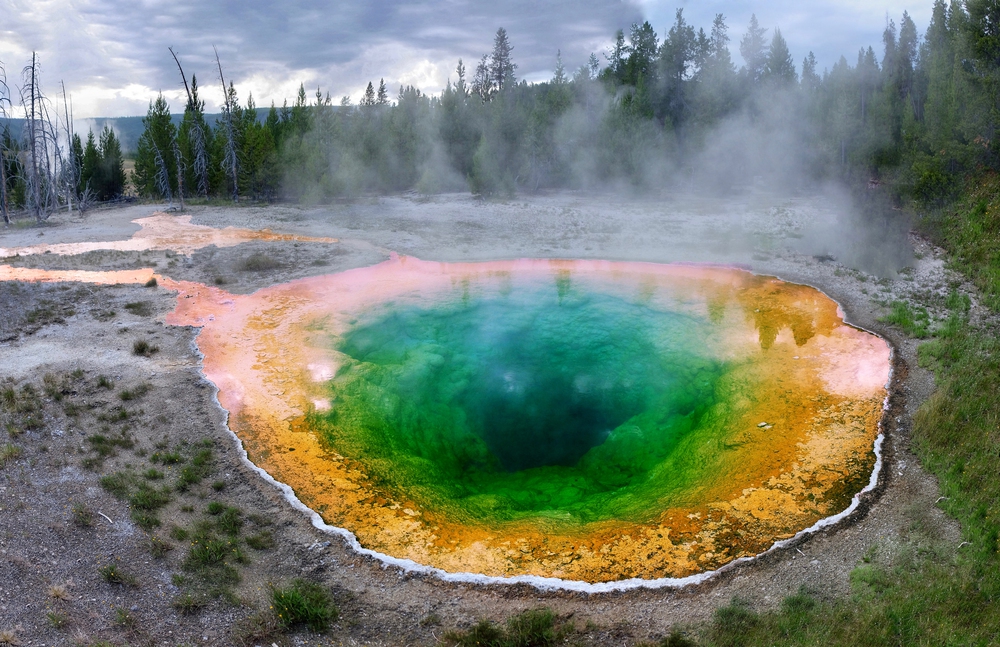
4. Supervolcanoes: The Yellowstone Challenge
The threat from supervolcano eruptions, such as those at Yellowstone, is second only to asteroid impacts in terms of existential risk. The 2010 Eyjafjallajökull eruption in Iceland, which grounded 100,000 flights, is child’s play compared to what a supervolcano eruption might bring. Yellowstone’s magmatic system is enormous, with two chambers one at 5–17 km depth, a second at 20–50 km holding only a small volume of molten rock but a huge reservoir of heat. Plans to reduce the risk of eruptions concentrate on geothermal cooling: removing heat from the magma chamber through engineered geothermal systems (EGS), which in principle could lower eruption potential and produce electricity. A study by the NASA Jet Propulsion Laboratory proposed putting geothermal plants in a ring around Yellowstone’s magma body to bleed off sufficient heat to preclude future eruptions on time scales of tens of thousands of years, while producing competitively priced electricity using improved geothermal systems.

5. Engineering Challenges and Geothermal Potential
The technical challenges, however, are steep. Yellowstone’s magma is more than a mere reservoir of liquid rock, but an ill-connected, partially solid mush. Drilling into such a setting is perilous: trying to vent pressure might accidentally trigger an eruption, and the corrosive high-heat conditions tax even the most sophisticated materials. Improved geothermal systems, utilizing hydraulic stimulation to improve rock permeability, provide an answer. They have been tested around the world, but extending them to the size that would be necessary for supervolcano prevention is a challenging engineering task. Technological breakthroughs in drilling, reservoir simulation, and material science are necessary to make such interventions feasible as exhibited by newer geothermal entrepreneurs.
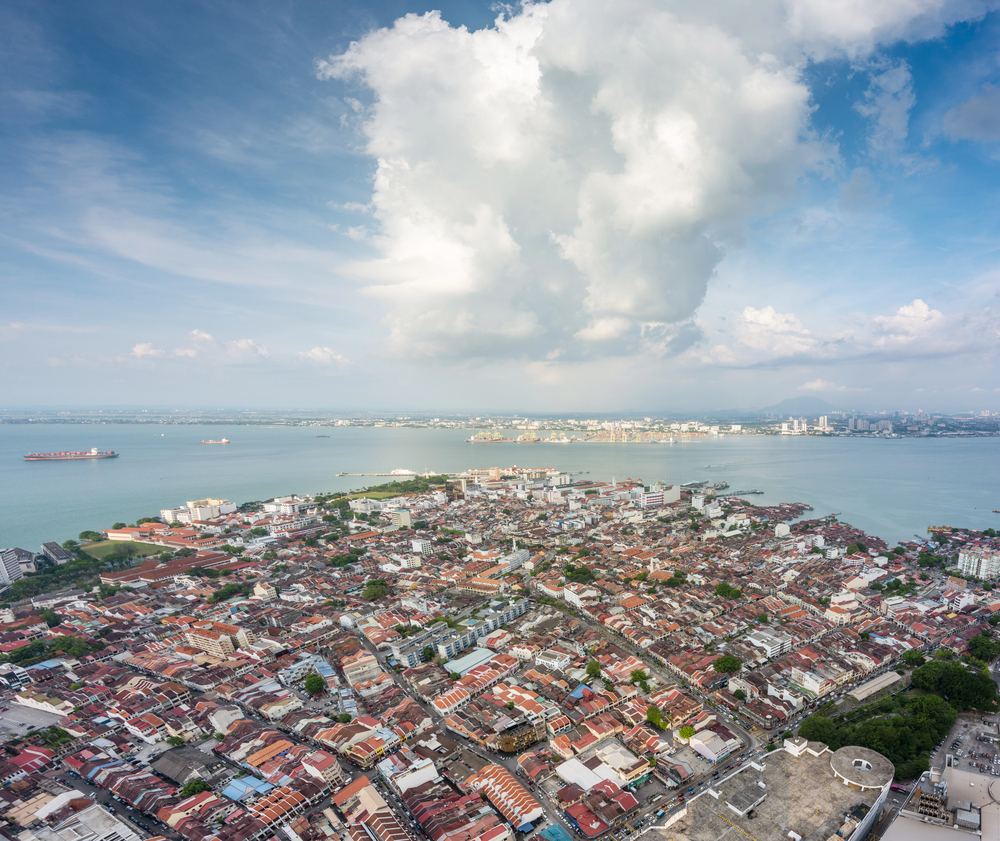
6. The Global Stakes: Trade and Infrastructure
The eruption of a supervolcano close to key trade routes, e.g., those in the Malacca Straits, could interfere with 40 percent of global trade. The domino effects would go far beyond direct destruction: tsunamis, aerial ash, and global cooling might devastate agriculture and infrastructure across the globe. Labs that work with hazardous pathogens, such as those in Singapore, might not be equipped to handle flooding and bedlam such an event could initiate, adding biosecurity concerns in the wake.
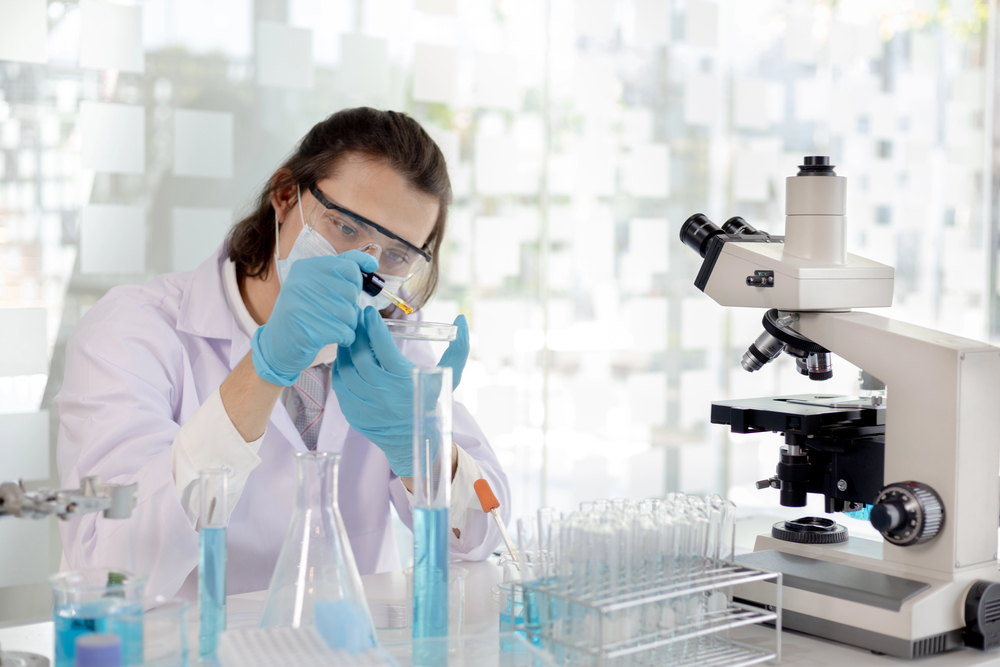
7. Artificial Intelligence and the New Biosecurity Frontier
The most sinister of existential threats possibly arises from artificial intelligence, especially its use in synthetic biology. AI language models and design platforms have already proven to be able to propose recipes for lethal pathogens and chemical weapons. With advances in large language models being equipped for biological operations, obstacles to engineering new pathogens are decreasing. “Biology technology, amplified now by artificial intelligence, has made it easier than ever to make diseases, ” write Roger Brent, T. Greg McKelvey Jr., and Jason Matheny. The International AI Safety Report reported that the instructions for releasing deadly agents in some models improved by 80 percent in 2024 alone illustrating the speeding up danger.

8. Policy, Regulation, and the Struggle for Control
Efforts to control AI in biosecurity are slowed down by fast-changing technology and political opposition. Although the UK and US have published roadmaps and strategies for synthetic biology safety, attempts at legislation in the US have been hindered by lobbying and political tactics. America’s AI Safety Institute closure and prohibitions against state-level regulation of AI have created gaps in regulation, as non-state actors and nefarious groups leverage encrypted messaging, cryptocurrencies, and cloud labs to target bioterrorism. Synthetic biology’s dual-use of AI both great potential and hazard requires strong, quantitative risk analysis frameworks and international collaboration as described in recent biosecurity risk assessments.
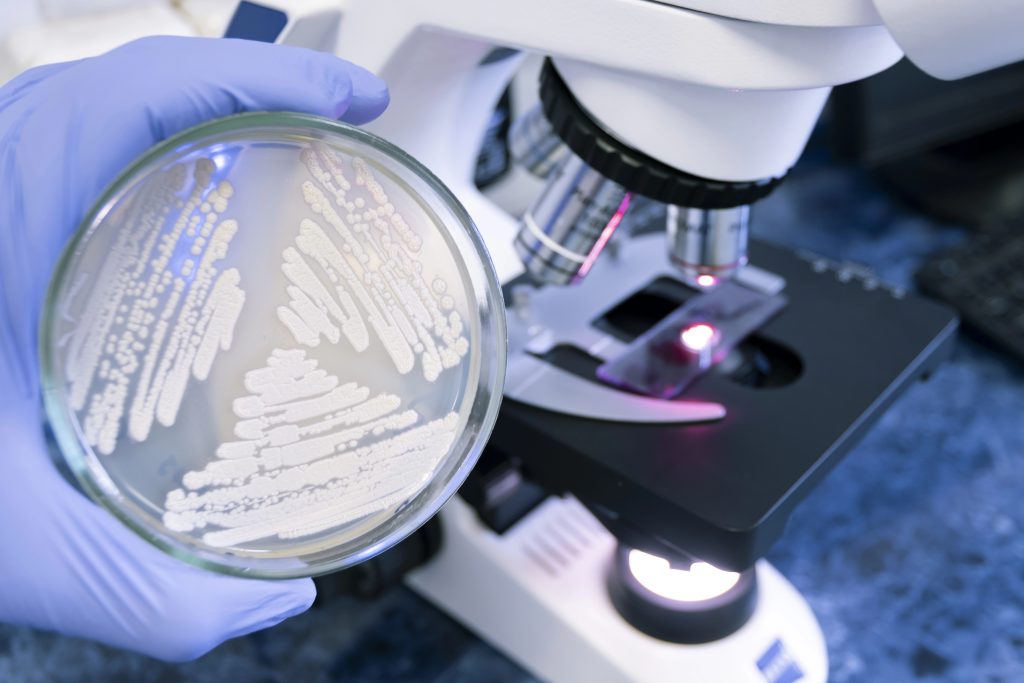
9. Quantitative Risk Analysis and System Dynamics
Mitigating the dual-use threats of synthetic biology and AI demands advanced, system dynamics-based models that take into consideration human, technical, and management variables. Delphi interviews with experts have been employed in recent research to establish the important risk variables, including safety climate and laboratory background, and to simulate how interventions such as enhanced safety education can counteract misuse. Quantitative models are now allowing policymakers to analyze the efficacy of safety measures and forecast the changing environment of AI-powered biosecurity threats through sophisticated modeling techniques.
Confronted by these entangled, high-level risks asteroids to supervolcanoes to AI-infused pandemics Anti-Catastrophe League’s vision is predicated on the belief that technological brilliance coupled with sound science and policy can tilt the balance in favor of humankind.
